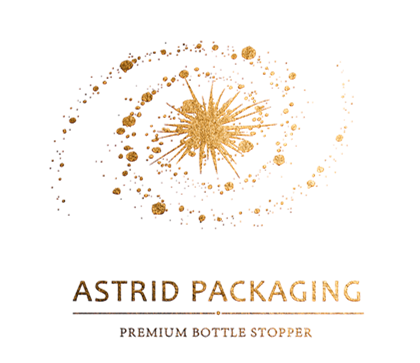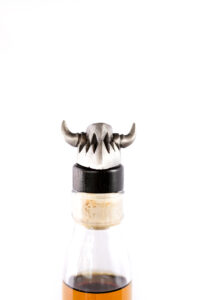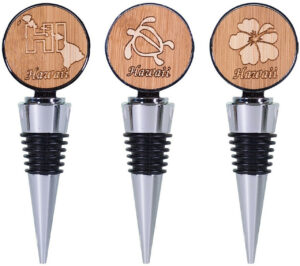Bottle stoppers are an essential accessory for anyone who enjoys wine, spirits, oils, or vinegars. They play a crucial role in preserving the quality and freshness of these liquids, preventing spills and leaks, and adding a touch of style to your kitchen or bar.
Over the years, bottle stoppers have evolved and transformed, from simple cork stoppers to modern silicone and vacuum stoppers. In this post, we will explore the evolution of bottle stopper shapes, from the past to the present and into the future. We will look at the classic shapes that have endured for centuries, the modern innovations that have improved functionality and efficiency, the customizable designs that allow for individual expression, and the emerging technologies that are shaping the future of bottle stoppers.
Historical Overview of Bottle Stopper Shapes
Bottle stoppers have been used for centuries to preserve the freshness of liquids and prevent spills and leaks. In ancient times, people used simple materials such as cloth or clay to cover the openings of their containers. Later, as glass and metal became more widely available, stoppers made from these materials began to appear.
One of the most popular materials for bottle stoppers over the years has been cork. Cork is a renewable and sustainable material that can provide a tight seal on a wide range of bottle and container openings. Cork stoppers have been used for centuries and are still popular today due to their versatility, durability, and eco-friendliness.
Glass stoppers have also been popular throughout history, particularly for wine bottles. Glass stoppers provide a tight seal and allow the contents of the bottle to be seen, making them an attractive option for wine enthusiasts.
In more recent years, metal stoppers have become popular for their durability and functionality. Stainless steel, for example, is a popular material for wine bottle stoppers due to its corrosion resistance and sleek appearance.
Today, bottle stoppers come in a wide range of materials and designs, from traditional cork stoppers to modern silicone and vacuum stoppers. With new materials and technologies constantly emerging, it is likely that the evolution of bottle stopper shapes and materials will continue well into the future.
Classic Shapes of Bottle Stopper
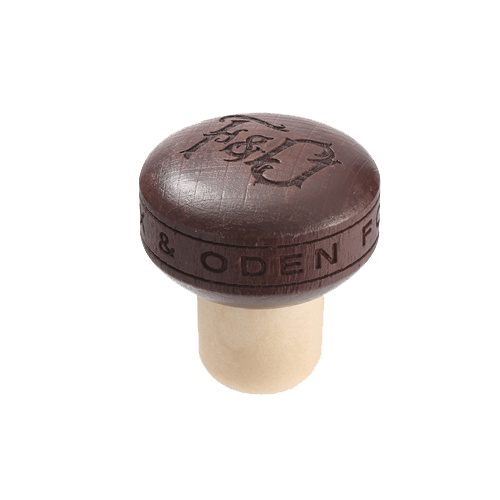

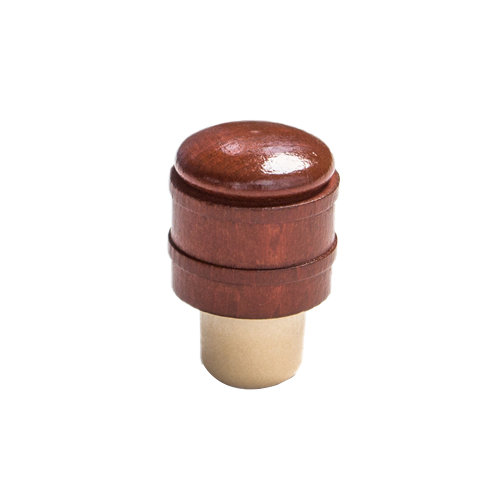
Classic bottle stopper shapes have endured for centuries, and many of them remain popular to this day. Two examples of classic shapes are the tapered cork stopper and the mushroom-shaped glass stopper.
The tapered cork stopper is one of the most recognizable bottle stopper shapes. It is made from natural cork and is wider at the top than at the bottom, allowing it to fit snugly into the bottle opening. This shape has been popular for centuries due to its simplicity, functionality, and effectiveness. Cork is a renewable and sustainable material that provides a tight seal, making it ideal for preserving the freshness of wine, oil, or vinegar.
Another classic shape is the mushroom-shaped glass stopper. This stopper is made from glass and has a rounded top that resembles a mushroom cap. It is a popular shape for wine bottles because it provides a secure and airtight seal, keeping the wine fresh and preventing spills. The shape also has an aesthetic appeal, giving the bottle a distinctive look and feel.
The popularity of these classic shapes is due to their simplicity, functionality, and aesthetic appeal. Both the tapered cork stopper and the mushroom-shaped glass stopper are easy to use and effective at preserving the freshness of liquids. They are also visually appealing, adding a touch of elegance and sophistication to any bottle. These classic shapes have stood the test of time and continue to be popular today, demonstrating the enduring appeal of timeless designs.
Modern Innovations of Bottle Stopper Shapes

In recent years, there have been several new innovations in bottle stopper design, which have improved upon older models in terms of functionality and efficiency. Two examples of these new designs are the silicone stopper and the vacuum stopper.
Silicone stoppers are a popular choice for those who want an eco-friendly and reusable option for sealing their bottles. These stoppers are made from a soft, pliable material that conforms to the shape of the bottle opening, providing a secure and airtight seal. Silicone stoppers can be easily removed and washed, making them a convenient and hygienic choice for those who use their bottles frequently.
Another recent innovation in bottle stopper design is the vacuum stopper. Vacuum stoppers use a special mechanism to remove the air from the bottle, creating a vacuum seal that keeps the contents fresh for longer periods of time. These stoppers can be used on wine bottles, oil bottles, and other containers, and are ideal for those who want to extend the shelf life of their liquids.
The advantages of these new stopper designs over older models are clear. Silicone stoppers are reusable, eco-friendly, and easy to clean, making them a practical and sustainable choice for those who use their bottles frequently. Vacuum stoppers, on the other hand, can extend the shelf life of liquids, keeping them fresh and flavorful for longer periods of time. Both of these new stopper designs have improved upon older models in terms of functionality and efficiency, making them popular choices for modern-day consumers.
Customizable Shapes of Bottle Stopper


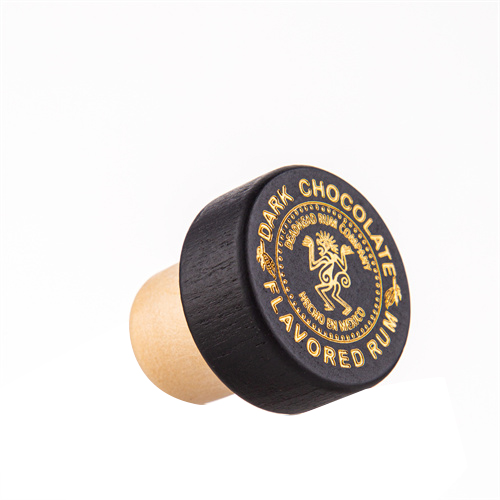
Customizable bottle stoppers are a growing trend that allows users to create their own unique shapes and designs. This trend is popular among those who want to express their individuality and create a personalized touch for their bottles.
One of the most popular techniques for creating custom bottle stoppers is lathe turning. Lathe turning involves using a lathe machine to shape the wood, metal, or other material into the desired shape. This technique allows for precise shaping and carving of the material, creating a smooth and polished finish.
Another technique that is gaining popularity for creating custom bottle stoppers is 3D printing. With 3D printing, users can create digital designs of their desired shape and have the stopper printed out using a 3D printer. This technique allows for a high level of customization and can produce intricate designs that would be difficult to achieve with traditional manufacturing techniques.
Other techniques for creating custom bottle stoppers include hand carving, laser cutting, and mold casting. Each of these techniques offers a different level of customization and requires different skills and tools.
The growing trend of customizable bottle stoppers reflects the desire for personalization and self-expression in today’s society. With the use of modern tools and techniques, users can create their own unique shapes and designs, adding a personal touch to their bottles and creating a one-of-a-kind accessory that reflects their individuality.
Future Trends of Bottle Stopper Shapes
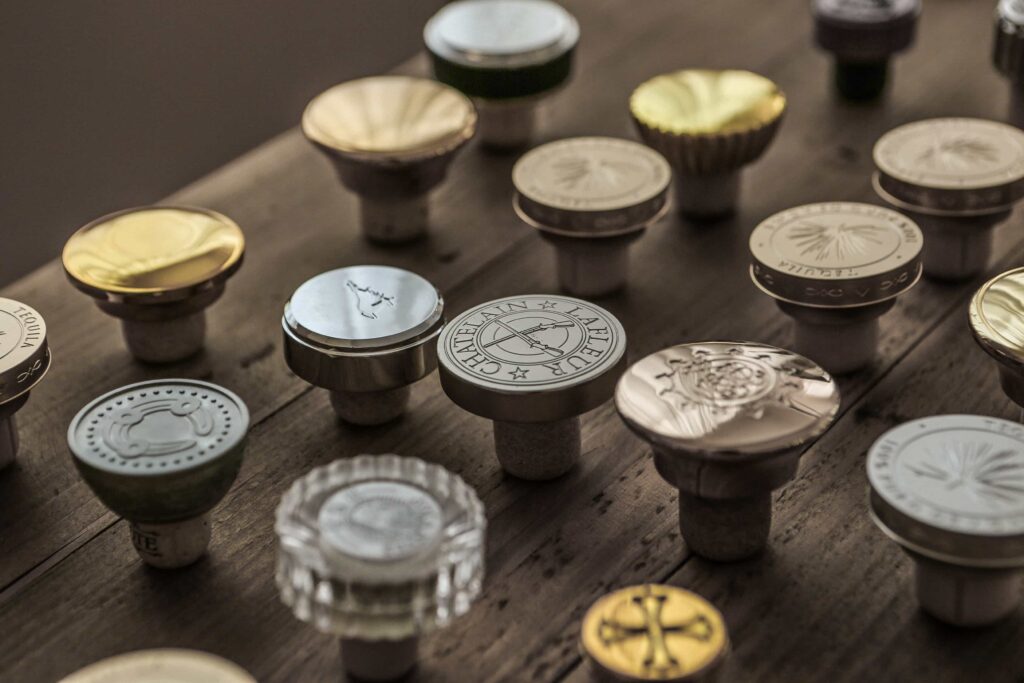
The future of bottle stopper design is ripe with possibilities, as emerging trends and technologies are transforming the way we think about and use these essential accessories. One of the most promising developments in the field of bottle stoppers is the emergence of smart stoppers.
Smart stoppers are designed to monitor the contents of the bottle and provide information about their freshness and quality. These stoppers can be equipped with sensors that detect temperature, humidity, and other environmental factors that can affect the contents of the bottle. They can then send this information to a smartphone app or other device, alerting users when it’s time to replace the stopper or consume the contents of the bottle.
Smart stoppers can also be equipped with other features, such as RFID tags or QR codes that provide information about the contents of the bottle, including its origin, vintage, and flavor profile. This information can be accessed by scanning the tag or code with a smartphone or other device, making it easy for users to learn more about the contents of their bottle.
Another emerging trend in bottle stopper design is the use of sustainable and eco-friendly materials. As more consumers become concerned about the environmental impact of their purchasing decisions, manufacturers are looking for ways to create bottle stoppers that are both functional and sustainable. This could include the use of recycled materials, biodegradable materials, and materials that can be reused or repurposed.
Overall, the future of bottle stopper design is bright and full of possibilities. As new technologies emerge and consumer preferences continue to evolve, we can expect to see even more innovative and creative designs that will transform the way we think about and use these essential accessories.
In conclusion, the evolution of bottle stopper shapes has been shaped by centuries of history, innovation, and creativity. From classic shapes like the tapered cork stopper to modern designs like the silicone and vacuum stoppers, each generation has contributed to the evolution of this essential accessory. Looking ahead, emerging technologies like smart stoppers and sustainable materials are likely to shape the next generation of bottle stoppers, adding new features and capabilities that will enhance their functionality and appeal.

